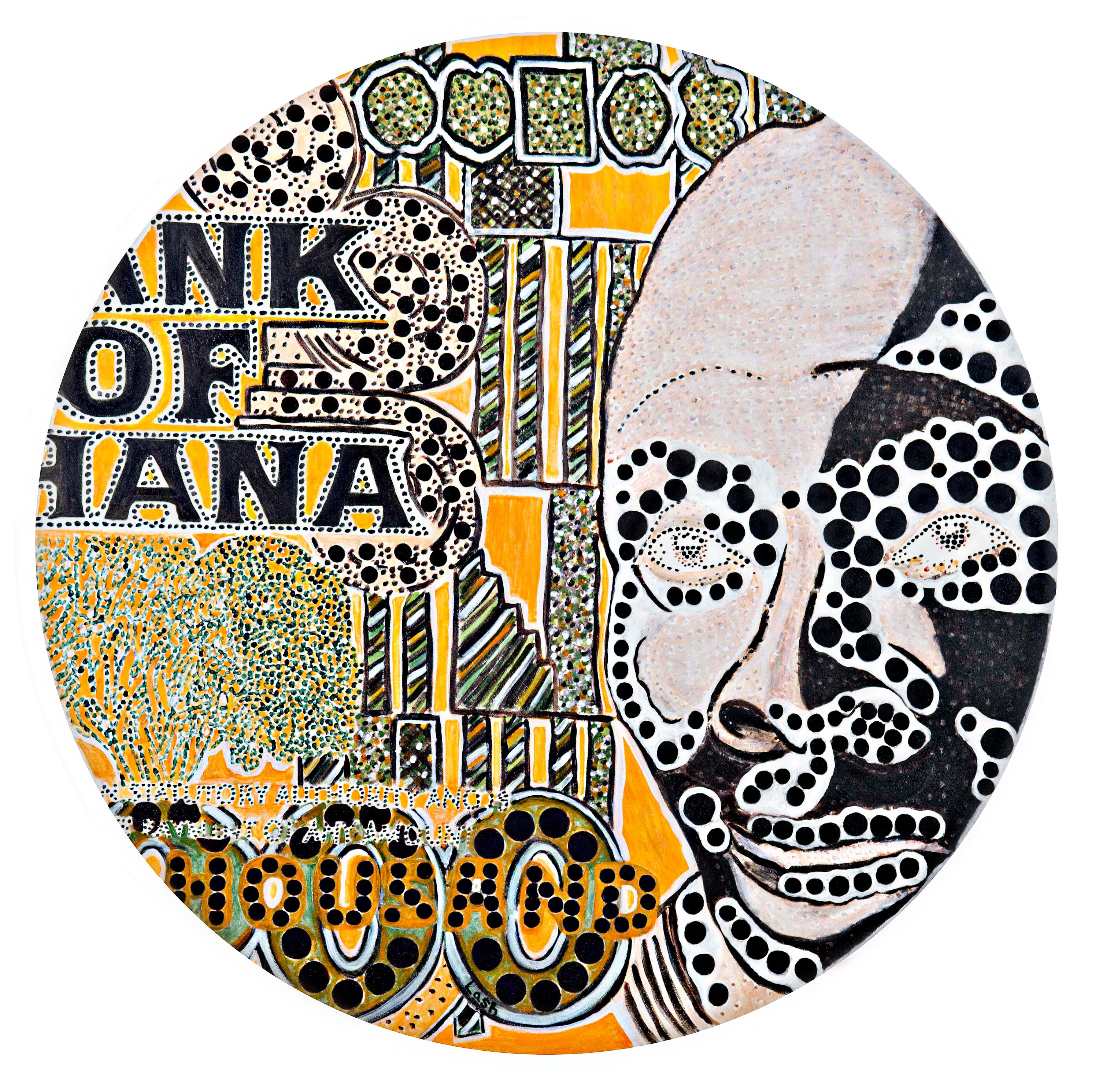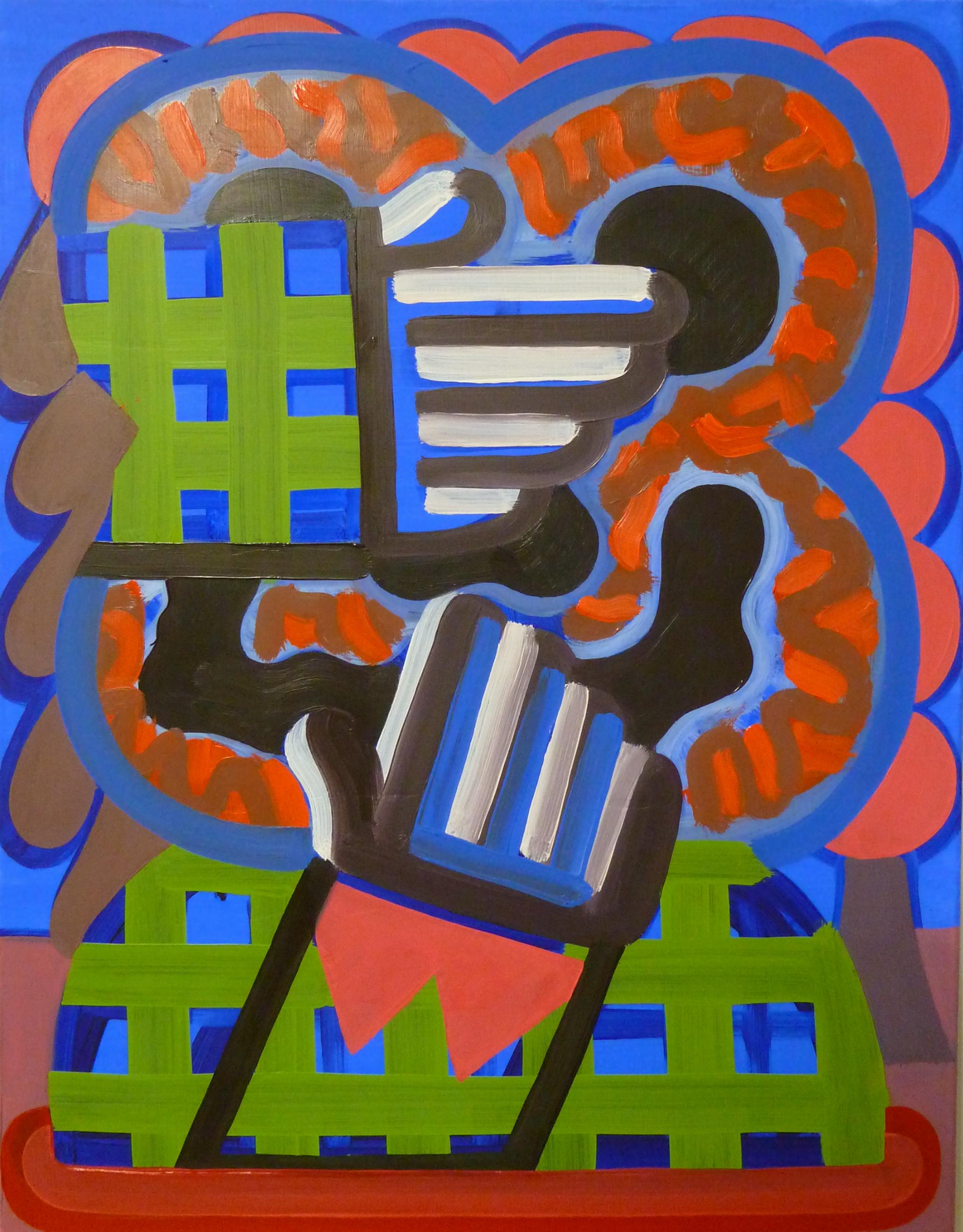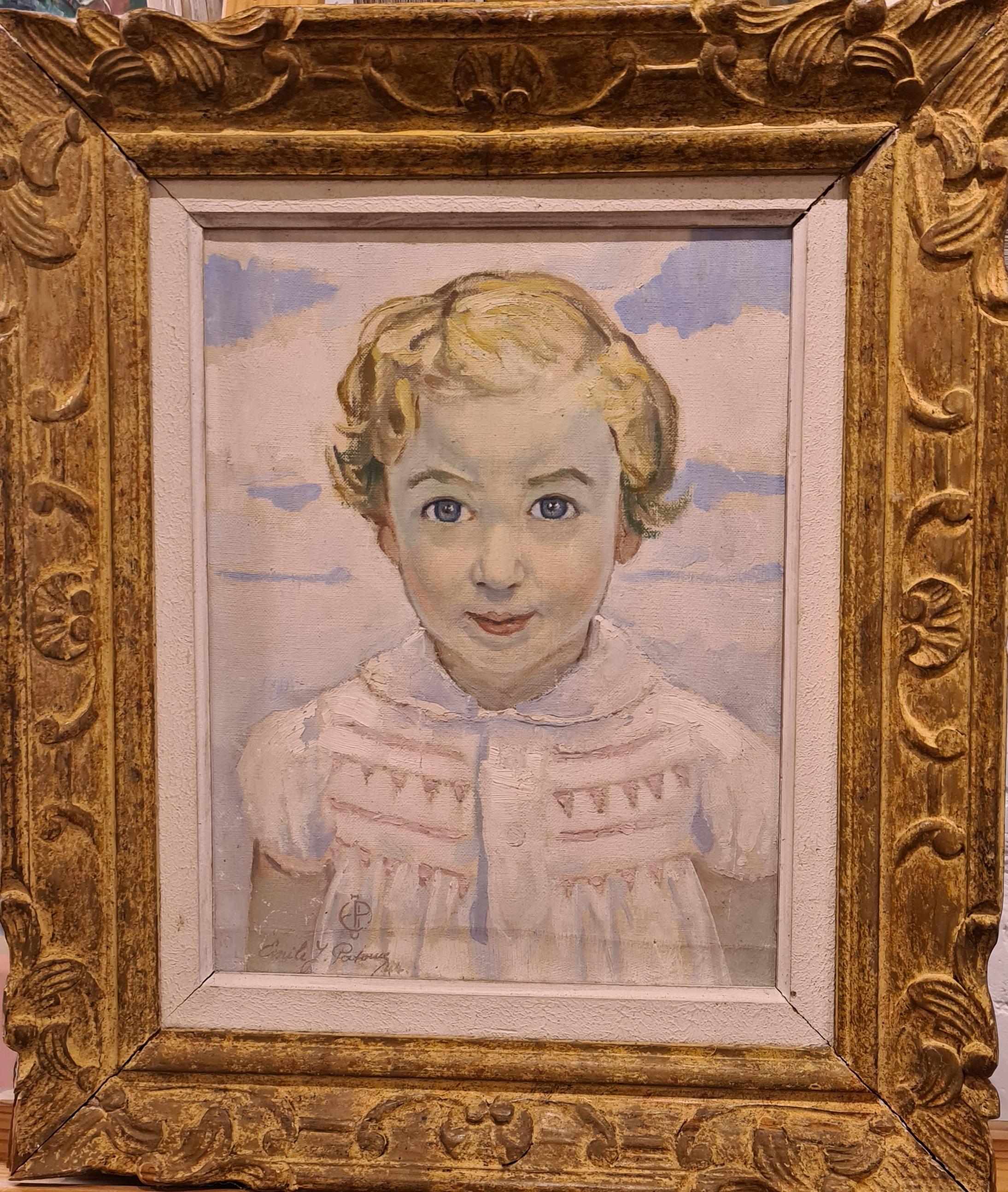Pierre-Auguste RenoirTête de Femme Blonde by Pierre-Auguste Renoir - Portrait painting1908
1908
About the Item
- Creator:Pierre-Auguste Renoir (1841-1919, French)
- Creation Year:1908
- Dimensions:Height: 10.28 in (26.1 cm)Width: 7.49 in (19 cm)
- Medium:
- Movement & Style:
- Period:
- Condition:
- Gallery Location:London, GB
- Reference Number:1stDibs: LU261213613302
Pierre-Auguste Renoir
Pierre-Auguste Renoir began his artistic career as a porcelain painter but began copying paintings at the Louvre in 1860 and eventually entered the studio of Charles Gleyre, where he met Claude Monet, Frédéric Bazille, and Alfred Sisley. The four friends began painting in the forest of Fontainebleau, although Renoir always remained dedicated to figure painting and portraits influenced by Gustave Courbet.
In the summer of 1869, Renoir painted for two months alongside Monet at La Grenouillère outside Paris. After several of his paintings were rejected by the Salon in the early 1870s, he decided to join Monet in establishing the Impressionists, who sought to capture modern life including everyday people, streets, and surroundings.
Renoir's penchant for portraiture attracted the attention of a range of patrons with avant-garde sensibilities and sustained him financially. His doubts about the spontaneity and impermanence of the Impressionist aesthetic led him to refuse to participate in the fourth Impressionist exhibition in 1878. Instead, he decided to look back to the Old Masters, leaving for Italy in 1881 to continue his self-education in the “grandeur and simplicity of the ancient painters.” He returned enamored of Raphael and Pompeii and his figures consequently became more crisply drawn and sculptural in character.
By the late 1880s and early 1890s, Renoir had shifted his investigation of the Old Masters from linear classicism to the colouristic traditions of Titian and Rubens as well as the unabashedly sensual beauty of eighteenth-century French art such as the nudes of Rubens and Fragonard. Renoir's most important series of the decade came from an invitation by the French government to execute a painting for the Musée du Luxembourg, a new museum devoted to the work of living artists. Renoir made five versions of Two Young Girls at the Piano for the Minister of Fine Arts to choose from; the version in the Robert Lehman Collection at the Metropolitan Museum of Art is one of the finest. The subject of Two Young Girls at the Piano recalls eighteenth-century French genre scenes, especially those of Fragonard.
In the early twentieth century, despite old age and declining health, Renoir persisted in artistic experimentation. He took up sculpture and continued to paint portraits attesting to his continued admiration of Renaissance art. Renoir was also drawn to an arcadian ideal of Mediterranean classicism in his art. This artistic preoccupation is nowhere more apparent than in his twentieth-century bathers. The Rubenesque nudes he had been painting reached a level of unprecedented exaggeration in the twentieth century, culminating in the massive Bathers at the Musée d'Orsay.
Find original Pierre-Auguste Renoir prints, paintings and other art on 1stDibs.
(Biography provided by Stern Pissarro Gallery)
- ShippingRetrieving quote...Ships From: London, United Kingdom
- Return PolicyA return for this item may be initiated within 7 days of delivery.
- Figurative oil painting titled Femme Mettant Son Bas by Georges Manzana PissarroBy Georges Henri Manzana PissarroLocated in London, GBFemme Mettant Son Bas by Georges Manzana Pissarro (1871 - 1961) Oil on canvas 100 x 56 cm (39 ⅜ x 22 inches) Signed and dated lower left, G. Manzana 1905 This work is accompanied by...Category
Early 1900s Post-Impressionist Figurative Paintings
MaterialsCanvas, Oil
- Portrait of a Woman by Ludovic-Rodo Pissarro - Portrait paintingBy Ludovic-Rodo PissarroLocated in London, GB*UK BUYERS WILL PAY AN ADDITIONAL 20% VAT ON TOP OF THE ABOVE PRICE Portrait of a Woman by Ludovic-Rodo Pissarro (1878-1952) Oil on canvas 55 x 46 cm (21 ⁵/₈ x 18 ¹/₈ inches) Signed...Category
Early 1900s Fauvist Figurative Paintings
MaterialsCanvas, Oil
- Le Collier de Perles by Ludovic-Rodo Pissarro - Portrait paintingBy Ludovic-Rodo PissarroLocated in London, GBLe Collier de Perles by Ludovic-Rodo Pissarro (1878-1952) Oil on canvas 61 x 50 cm (24 x 19 ⅝ inches) Signed and dated lower right, Ludovic Rodo 1927...Category
1920s Post-Impressionist Figurative Paintings
MaterialsCanvas, Oil
- Femme à la cravatte by Ludovic-Rodo Pissarro - Portrait paintingBy Ludovic-Rodo PissarroLocated in London, GBFemme à la cravatte by Ludovic-Rodo Pissarro (1878-1952) Oil on canvas 65 x 54 cm (25 ⁵/₈ x 21 ¹/₄ inches) Signed lower right, Ludovic Rodo Executed circa 1910 This work is accompan...Category
1910s Post-Impressionist Figurative Paintings
MaterialsCanvas, Oil
- A pair of Portraits of a Rabbi by José SchneiderLocated in London, GBA pair of Portraits of a Rabbi by José Schneider (1848-1893) Oil on canvas 2 parts, 21.2 x 18.4 cm (8 ³/₈ x 7 ¹/₄ inches) each Signed lower left on second panel, José SchneiderCategory
19th Century Figurative Paintings
MaterialsCanvas, Oil
- The Fortune Teller by Orovida Pissarro - Oil paintingBy Orovida PissarroLocated in London, GB*UK BUYERS WILL PAY AN ADDITIONAL 20% VAT ON TOP OF THE ABOVE PRICE The Fortune Teller by Orovida Pissarro (1893-1968) Oil on canvas 60 x 73 cm (23 ⁵/₈ x 28 ³/₄ inches) Signed and d...Category
1950s Modern Figurative Paintings
MaterialsCanvas, Oil
- Mask, bold graphic colorful pointillist patterns text global currencyLocated in Brooklyn, NYGhanaian 20000 Cedi Note, Oil On Canvas, 48" Round Jenna Lash specializes in global currency featuring animals, portraiture in a neo pointillist styleCategory
2010s Pointillist Figurative Paintings
MaterialsCanvas, Oil
- No Foe Shall Gather Our Harvest bright pointillist patterns text global currencyLocated in Brooklyn, NYNo Foe Shall Gather Our Harvest Australian 10 Dollar Note, Acrylic On Canvas, 60" x 48" Jenna Lash specializes in global currency featuring animals, portra...Category
2010s Pointillist Figurative Paintings
MaterialsCanvas, Oil
- "Touching", oil paint, portrait, hands, face, intimacy, vector, human, senseLocated in Toronto, Ontario"Touching" is a remarkable oil painting on canvas measuring 18" tall by 14" wide. For all it's modest size, it throws several punches above its weight. The title Touching could be a ...Category
21st Century and Contemporary Fauvist Portrait Paintings
MaterialsCanvas, Oil
- Alice, Post Impressionist Portrait of a Young Girl.By Emile Jean PatouxLocated in Cotignac, FRMid century oil on canvas portrait of a young girl in period dress, in fine gilt frame. Signed in full, dated 1944 and with artist's monogram. Emile Patoux (Belgian 1893-1985) studi...Category
Mid-20th Century Post-Impressionist Portrait Paintings
MaterialsOil, Canvas
- The Japanese, 1970. Oil on canvas, 100x70 cmBy Jadviga ZjilvinskaLocated in Riga, LVJadviga Žilvinska (1918-2010) was born in Tallinn. She grew up in Liepāja, where her great interest in art began and strengthened, which led the young artist to study at the Art Aca...Category
20th Century Fauvist Portrait Paintings
MaterialsCanvas, Oil
- Farming Family on a Sunday Morning, Oil on Canvas. Framed and SignedLocated in brussel, BEThe Namur painter and engraver, Louis Decoeur (1884-1960) became a member of “L’Effort” around 1910. This artist’s association provided a free studio for painters in Brussels, on the...Category
20th Century Fauvist Figurative Paintings
MaterialsCanvas, Oil





